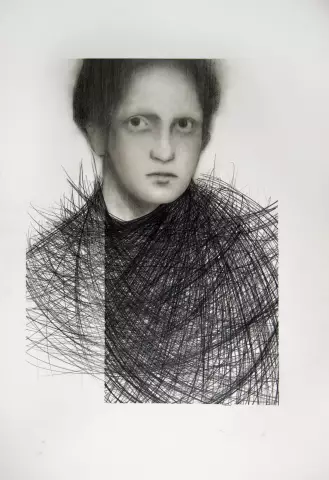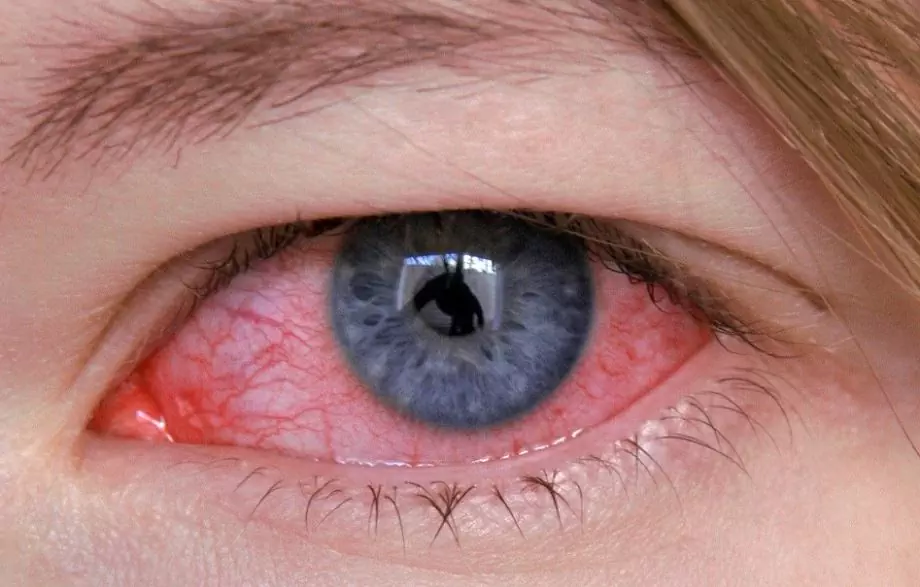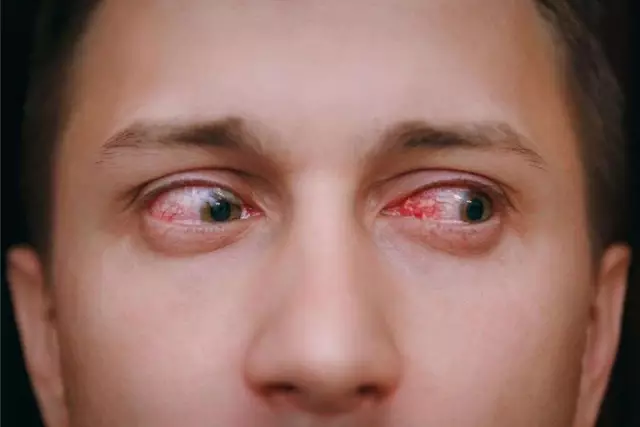- Author Rachel Wainwright [email protected].
- Public 2023-12-15 07:39.
- Last modified 2025-11-02 20:14.
Airway obstruction

Obstruction of the respiratory tract seen at any level, from the pharynx to the bronchioles, is called airway obstruction. In most cases, the condition is due to the complete closure or decrease in the lumen of the larynx, which becomes possible for the following reasons:
- Ingestion of a foreign body in the respiratory tract;
- Allergic, infectious and inflammatory diseases - bacterial tracheitis, Ludwig's tonsillitis, fungal infection, pharyngeal and peritonsillar abscess, laryngotracheobronchitis and diphtheria;
- Adenoids and lostintubation edema;
- Burns and trauma to the respiratory tract;
- Systemic disorders, tumors and cysts of the larynx;
- Hypertrophic tonsillitis;
- Neurological damage and posttracheostomy stenosis;
- Volumetric processes in the areas located next to the airways and larynx.
Also, the causes of airway obstruction can be congenital diseases, which include:
- Craniofacial anomalies;
- Hypocalcemia and tracheoesophageal fistula;
- Laryngomalacia and laryngocele;
- Neurological disorders;
- Subglottic stenosis and vascular ring;
- Birth trauma;
- Tracheomalacia and cystohygroma.
Obstruction of the upper and lower airways is distinguished, as well as their two forms - fulminant (acute) and chronic. Also in medicine, it is customary to separate the stages of airway obstruction, namely:
- Compensation;
- Subcompensation;
- Decompensation;
- The terminal stage of asphyxiation.
Airway obstruction and hypoventilation (breathing disorder) most often occurs in patients at night. Hypoventilation increases with increasing obstruction.
In patients or victims who are in a coma, obstruction can be triggered by blocking the airway with a sunken tongue.
Airway obstruction symptoms
Upper airway obstruction usually occurs in newborns and preschool children due to the anatomical and physiological characteristics of the respiratory system. This condition is manifested by the following symptoms:
- Arterial hypotension;
- Enhanced work of the breathing apparatus;
- Increased blood pressure and inspiratory dyspnea;
- Absence of cyanosis at rest, with exertion, perioral or diffuse cyanosis appears;
- Coma and convulsions;
- Tachycardia and bradycardia;
- Increased sweating;
- Lethargy and severe pallor;
- The inhalation paradox.
Lower airway obstruction is also most common in young children, and this condition manifests itself with the following symptoms:
- The inability of the patient to breathe air;
- The appearance of a loud sound, harsh noise or whistle during inhalation;
- Cough;
- Slowdown of the pulse;
- Blue skin;
- Bloating of the lungs;
- Stop breathing.
With airway obstruction by a foreign body, the development of aphonia, cyanosis, and acute respiratory failure are observed. In this case, the patient cannot speak, cough, breathe, he often grasps his throat, convulsions may begin, and asphyxia may develop. If the patient does not receive emergency assistance in time, he will lose consciousness, and then sudden death occurs.
Airway obstruction treatment
If the first symptoms of obstruction are detected, the patient must be urgently taken to the intensive care unit. Often, even at the prehospital stage, first aid is required. If airway obstruction is observed in a child, it should not be left alone, it is important to calm the baby and pick it up, since fear, screaming and anxiety can intensify the phenomena of stenosis. First aid directly depends on the cause of the condition, as well as on the severity of the obstruction.
If there is a foreign body, mucus, vomit or liquid in the respiratory tract, it is necessary, provided that the patient is conscious, ask him to try to cough well. In cases where the patient cannot cough or such manipulation does not help, it is possible to use the Heimlich technique to eliminate complete obstruction of the airways by a foreign body, at the prehospital stage. The method of admission, if the patient is conscious, consists in the following actions:
- It is necessary to stand behind the patient's back, clasp him with your hands and press your palms on your stomach, at a level above the navel;
- Sharply squeeze the chest with quick jerks 4-5 times;
- Then, more slowly, continue to squeeze the chest until the foreign body comes out, and the patient begins to breathe normally.
If the patient is unconscious, the Heimlich reception is carried out as follows:
- The patient is laid with his back on the floor;
- The person providing first aid sits on the victim's hips, puts one palm in the supra-umbilical region of the patient;
- He puts the second palm on the first, then presses 5 times with quick jerky movements on the stomach;
- Then it is necessary to open the victim's mouth and try to remove the foreign body with a bent index finger.
If the victim has symptoms of increasing airway obstruction and hypoventilation, gradually leading to cardiac arrest, it is necessary to provide emergency resuscitation measures, which cannot be carried out without special medical equipment.

The general principles of the treatment of airway obstruction in children in a medical institution, depending on the stage of the syndrome, are:
- Measures aimed at restoring obstruction - reducing or eliminating spasm and edema of the mucous membrane of the respiratory tract;
- Elimination of obstruction - release of the lumen of the larynx from pathological secretions;
- Correction of metabolic disorders;
- Antibacterial therapy;
- Tracheal intubation;
- Artificial ventilation of the lungs.
Airway obstruction is a condition in which a patient develops obstruction of the respiratory tract at the level from the pharynx to the bronchioles. The victim must be provided with first aid and delivered to the intensive care unit as soon as possible.
YouTube video related to the article:
The information is generalized and provided for informational purposes only. At the first sign of illness, see your doctor. Self-medication is hazardous to health!






